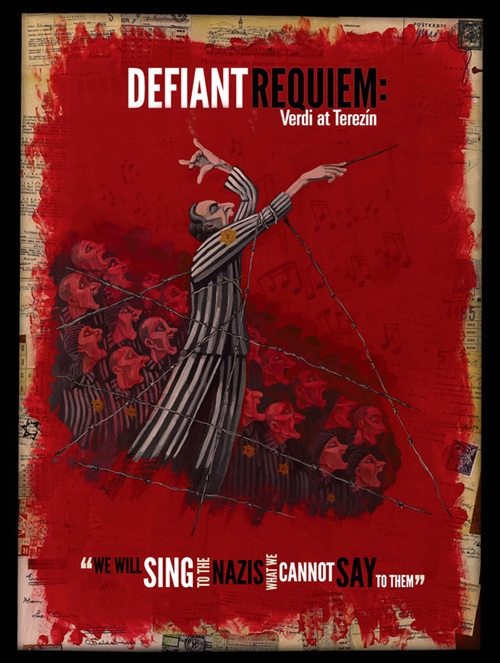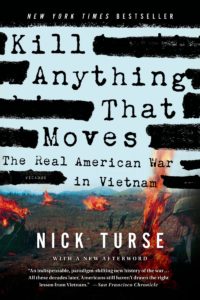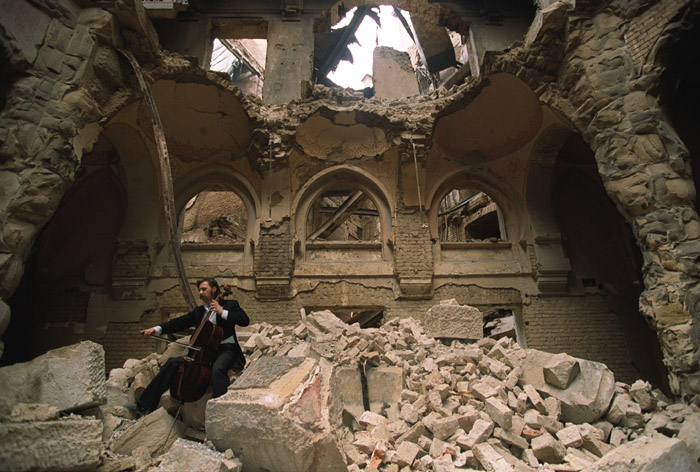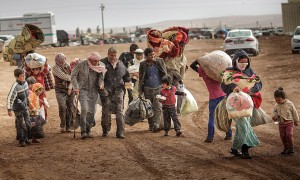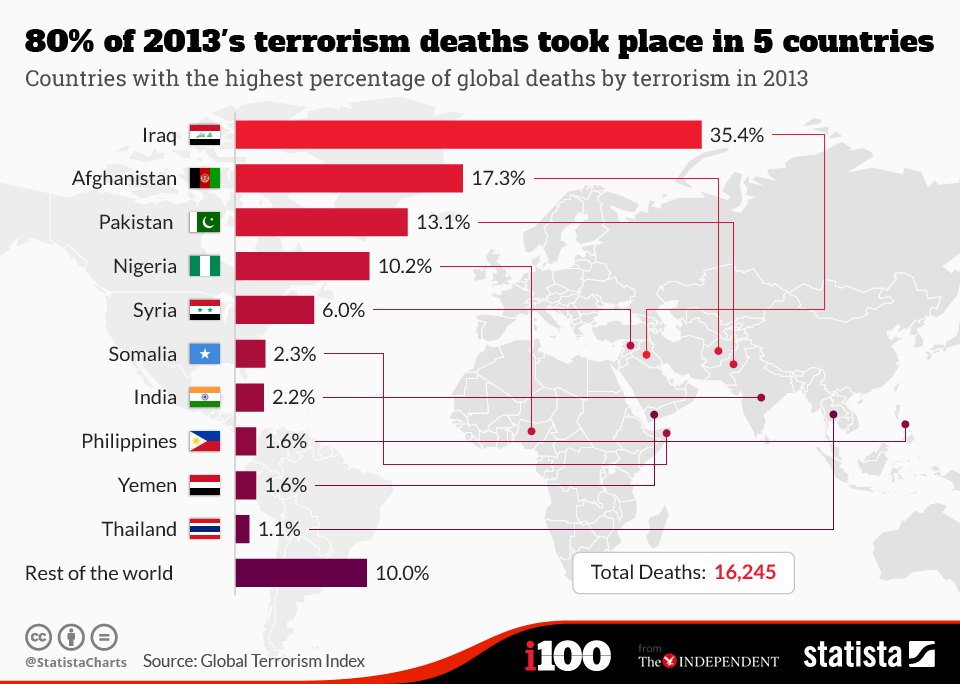
By John Cox. November 11, 2018. European nationalism, imperialist rivalry, and racism visited untold atrocities on the African continent and Asia in the half-century prior to 1914’s outbreak of war, when the Europeans turned their destructive energies upon themselves. But “white on white violence,” so to speak, was not the full story of World War I.
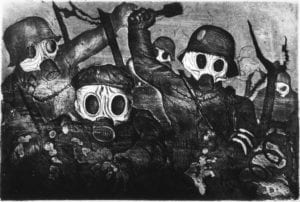
The famed German artist Otto Dix marched off to war, in 1914, as a patriot; he returned as a bitter, unsparing critic of war and militarism. In 1924 he completed a series of fifty-one etchings called “Der Krieg” (“War”). In an interview many years later, Dix said, “As a young man you don’t notice at all that you were, after all, badly affected. For years afterwards, at least ten years, I kept getting these dreams, in which I had to crawl through ruined houses, along passages I could hardly get through.”
To quote from a magnificent essay written for last year’s Armistice anniversary by Pankaj Mishra:
Faced with manpower shortages, British imperialists had recruited up to 1.4 million Indian soldiers. France enlisted nearly 500,000 troops from its colonies in Africa and Indochina. Nearly 400,000 African Americans were also inducted into US forces. The first world war’s truly unknown soldiers are these non-white combatants.
For the past century, the war has been remembered as a great rupture in modern western civilisation, an inexplicable catastrophe that highly civilised European powers sleepwalked into after the “long peace” of the 19th century….
But today, as racism and xenophobia return to the centre of western politics, it is time to remember that the background to the first world war was decades of racist imperialism whose consequences still endure. It is something that is not remembered much, if at all, on Remembrance Day.
At the time of the first world war, all western powers upheld a racial hierarchy built around a shared project of territorial expansion. In 1917, the US president, Woodrow Wilson, baldly stated his intention, “to keep the white race strong against the yellow” and to preserve “white civilisation and its domination of the planet”.
Writing Mein Kampf in the 1920s, Adolf Hitler would describe African soldiers on German soil as a Jewish conspiracy aimed to topple white people “from their cultural and political heights”. The Nazis, who were inspired by American innovations in racial hygiene, would in 1937 forcibly sterilise hundreds of children fathered by African soldiers. Fear and hatred of armed “niggers” (as Weber called them) on German soil was not confined to Germany, or the political right. The pope protested against their presence, and an editorial in the Daily Herald, a British socialist newspaper, in 1920 was titled “Black Scourge in Europe”.
This was the prevailing global racial order, built around an exclusionary notion of whiteness and buttressed by imperialism, pseudo-science and the ideology of social Darwinism. In our own time, the steady erosion of the inherited privileges of race has destabilised western identities and institutions – and it has unveiled racism as an enduringly potent political force, empowering volatile demagogues in the heart of the modern west.
This past week, the Guardian published these essays, further elucidating these long-obscured but vitally important histories from the Great War:
1.5 million fought with the British and 34,000 died. Now their sacrifice in the face of prejudice is being recognised
• Of the British empire’s colonies, India contributed the most men to the war effort – around 1.5 million – while self-governing nations within the Commonwealth, including Canada, South Africa, Australia, New Zealand and Newfoundland, contributed a further 1.3 million men.
• In proportional terms, New Zealand made one of the largest contributions to the war: 5% of its men aged 15-49 were killed.
• Over 16,000 from the West Indies served, including 10,000 from Jamaica. Others came from Trinidad and Tobago, Barbados, the Bahamas, British Honduras (Belize), Grenada, British Guiana (Guyana), the Leeward Islands, St Lucia and St Vincent.
• At least 180,000 Africans served in the Carrier Corps in east Africa, providing logistics support to the front.

1) Soldiers of the Indian Expeditionary Force make their way through a shell-torn landscape, March 1917, Western Front.
David Olusoga: ‘Black soldiers were expendable – then forgettable’
Black and Asian troops fought beside white comrades – but after the armistice came the violent return of racial subjugation
“In most of the nations who engaged in the conflict, the role played by the four million non-white non-Europeans who fought and laboured on the western front – and in other theatres of the war in Africa, the Middle East and Asia – has been airbrushed from popular memory.
This was the first truly global war. Mechanised industrial weapons, such as the machine gun, combined with modern railways to become the enabling factors that led to a war of siege and slaughter on a continental scale. In seeking to break the deadlock of the trenches, all the main combatant nations, in their different ways, attempted to globalise the war….
When the guns fell silent in 1918, both victors and vanquished turned against the black and brown men who had fought in what the victory medals then being struck for each allied soldier called “The Great War for Civilisation”. Among the forces sent to occupy the German Rhineland, under a clause of the armistice, were African American and French African troops. Whereas German complaints about the deployment of black soldiers in the trenches of the western front had largely failed to arouse international sympathy, now the war was over the propaganda campaign that was launched against the black soldiers of the army of occupation was a profound success, eliciting sympathy from the press and the trade union movement in Britain, and within sections of the public in the US….
In the US … a wave of murder and intimidation erupted, designed to ensure that any hopes of racial justice nursed by the thousands of African American soldiers then returning from the western front were snuffed out. In 1919 at least 19 African American soldiers were lynched in the US, some for wearing their army uniforms in public, as they were perfectly entitled to do. In 26 American cities, black communities were attacked and people murdered in the streets, during the so-called and now forgotten “red summer.”



















